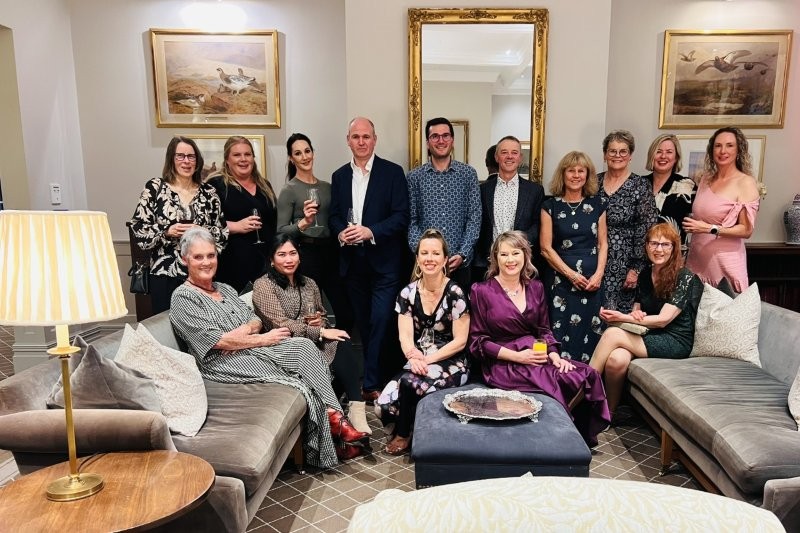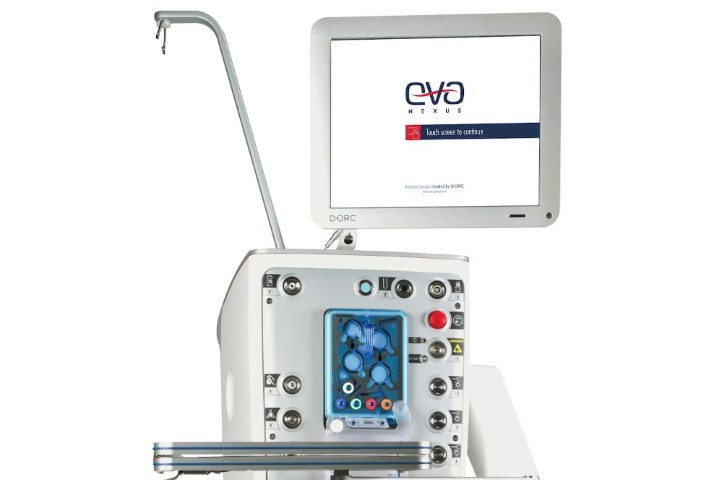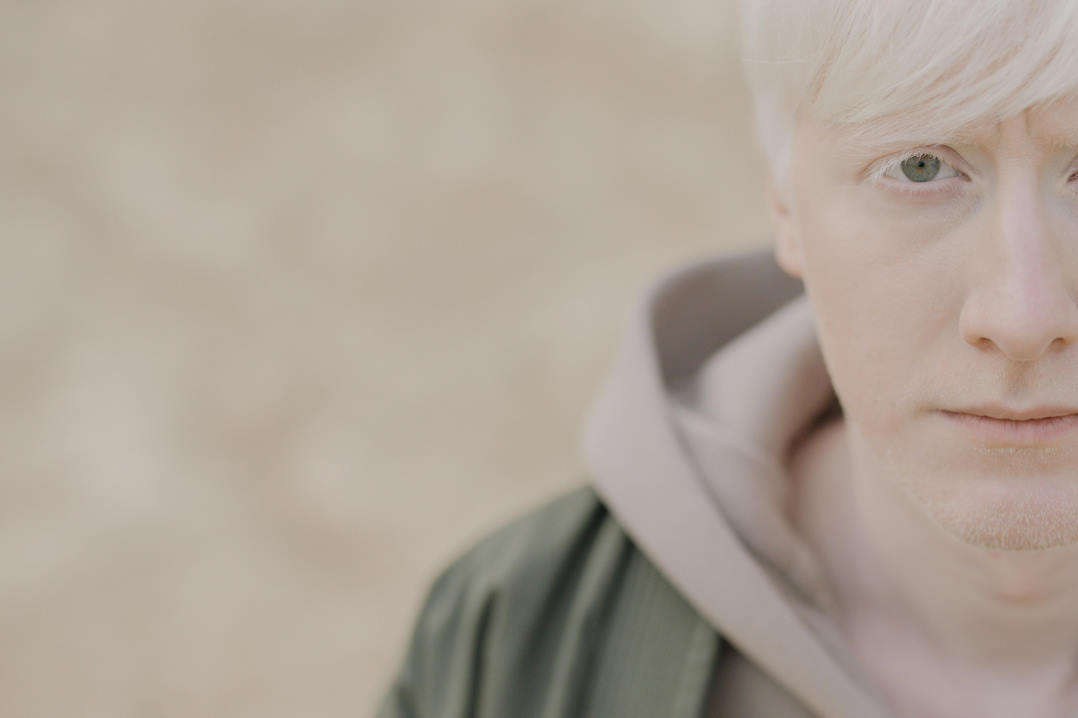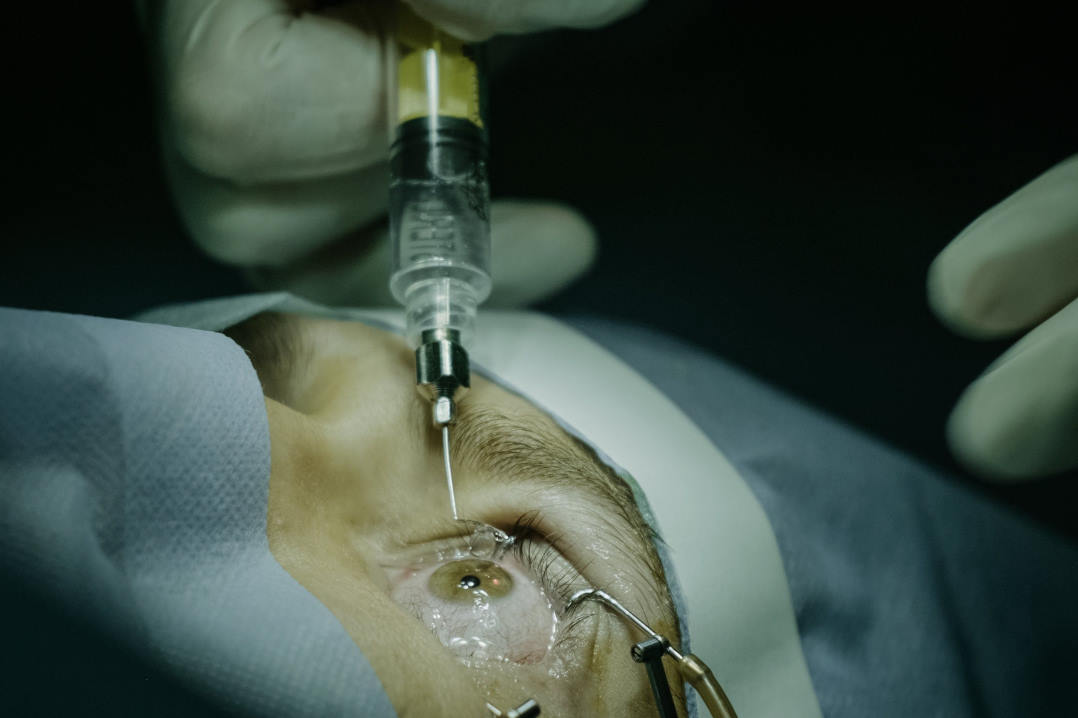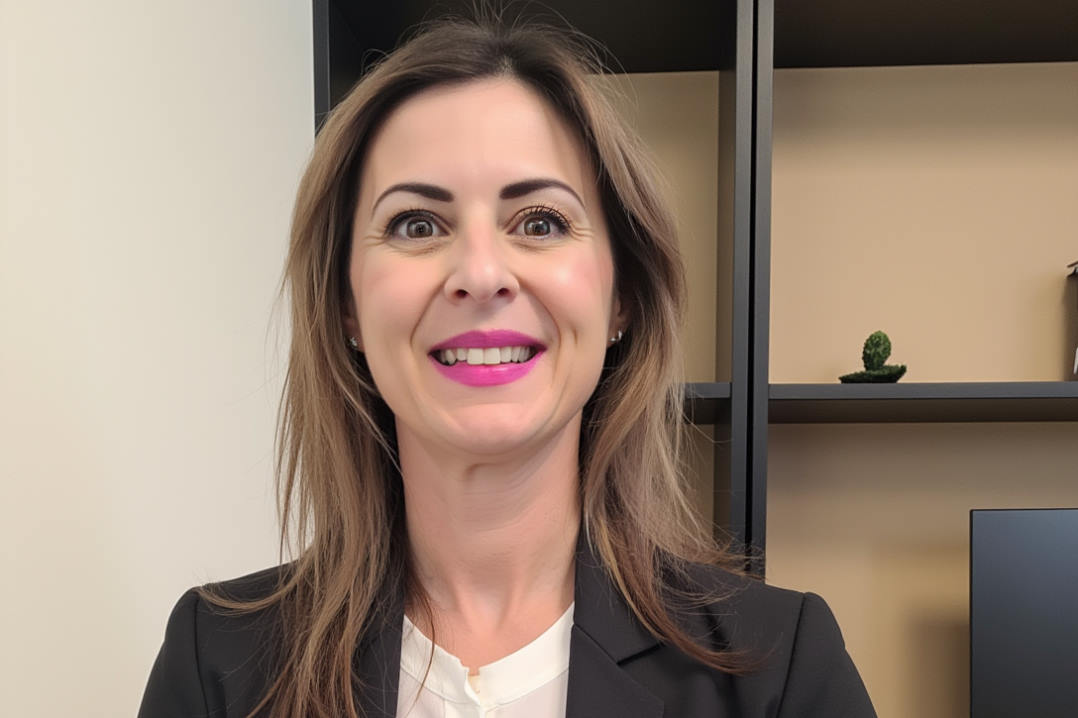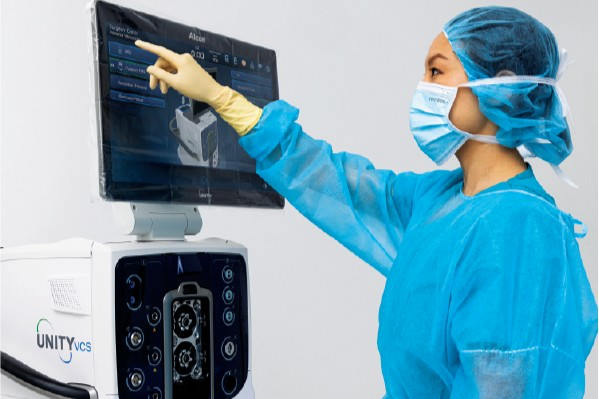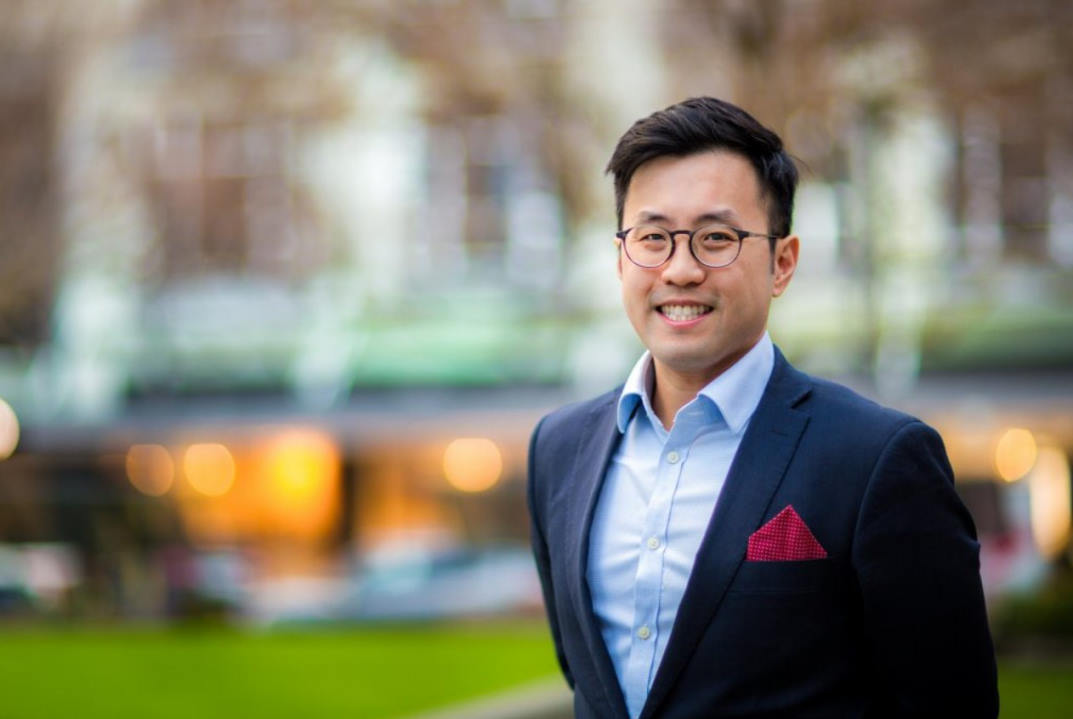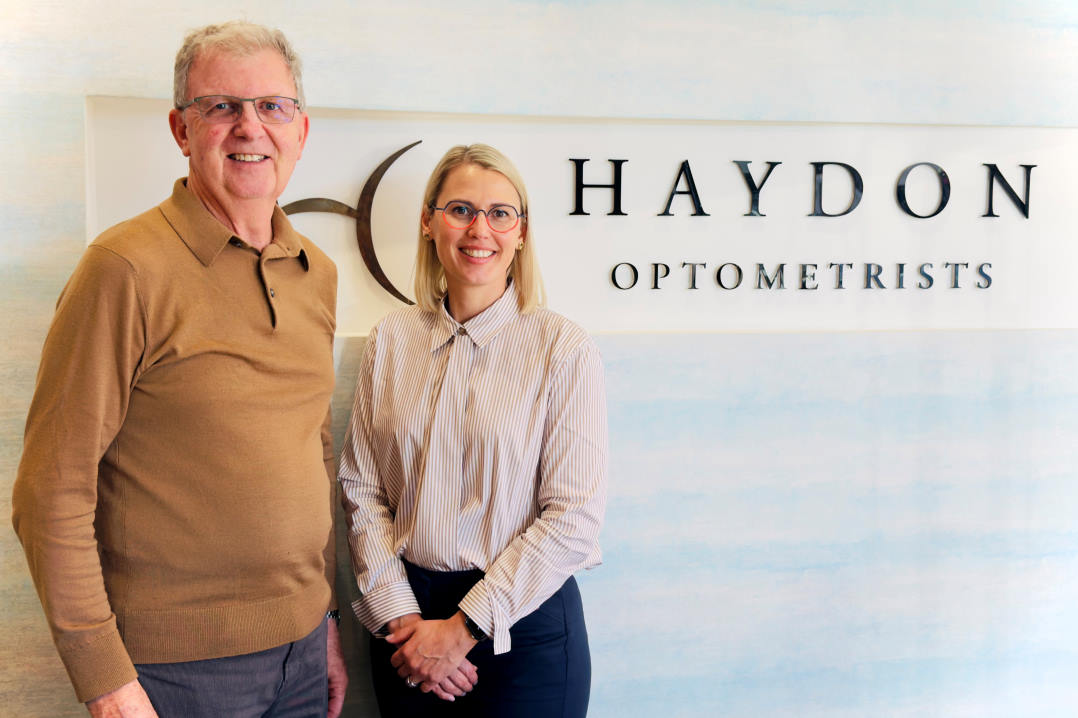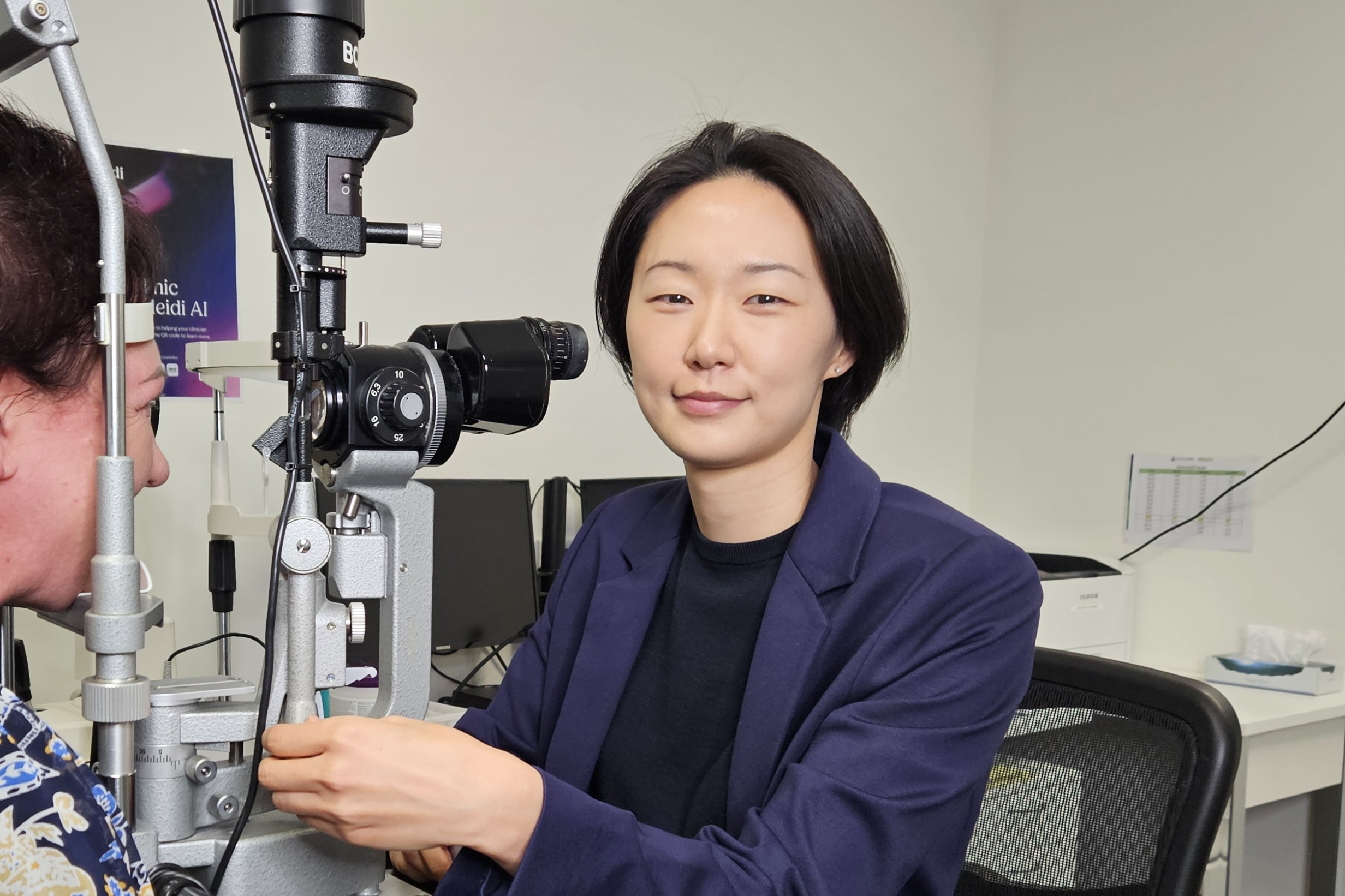Transforming eye health
Specsavers is on a mission to transform the way optometrists detect, report and refer eye diseases and not just in its own stores, but across the sector as a whole. Heather Douglas reports.
Specsavers says it expects to double glaucoma detection rates by putting optical coherence tomography (OCT) technology in every store in New Zealand this year and in Australia by the end of next year.
New Zealand will become part of the largest glaucoma screening programme anywhere in the world, once the planned OCT rollout is completed by the end of September, says Peter Larsen, Specsavers’ Australasian optometry director. But it’s not just about glaucoma; using OCT technology to detect previously missed disease, while improving the quality of referrals and benchmarking referral rates to identify training and support needs, and capturing disease data, will radically change eye care in the region, he says.
Glaucoma is the initial focus, however, as Specsavers’ Australasian OCT rollout is happening in tandem with the new online optometry-ophthalmology electronic patient referral system, Oculo. Oculo is a technological breakthrough, developed by the Centre for Eye Research Australia (CERA) to capture data and radically improve the quality of referrals, communication and e-sharing of notes and images, between all eye health professionals in a secure manner. The screening will also be aided by the release of the Royal Australian and New Zealand College of Ophthalmologists’ (RANZCO’s) glaucoma referral guidelines, released in 2016 in Australia, with the New Zealand version due to be released shortly, and tested initially by Specsavers’ Australian stores (see NZ Optics’ September 2016 issue).
Affordable OCT technology, Oculo and the updated referral guidelines, all needed to be in place in order to transform the way eye diseases are detected, monitored and referred, says Larsen. “We’re on mission to transform eye health in New Zealand and Australia by focusing on patient outcomes. It’s genuine, it’s real and it’s happening, and we now have the early evidence which already shows it’s working.”
This evidence (see Table 1) shows that in Specsavers’ initial 75-store pilot study, 2.8% to 3.2% of patients over the age of 49 were identified with glaucoma and referred. This compares favorably with the estimated 2.4% to 3% of the Australian population who are believed to have open angle glaucoma, 50% of which currently remain undiagnosed (Blue Mountain Study, Mitchell P. 1996), showing the pilot stores are now identifying the previously undiagnosed 50%.
To support the OCT rollout, Specsavers is partially subsidising the cost in New Zealand, encouraging store owners to purchase its preferred OCT technology, the Topcon 3D OCT-Maestro. It is a big cost, admits Larsen, but the company’s data proves the investment returns far better patient outcomes. “If you don’t have the kit and use it in a systematic way on every patient, you will miss diseases.”
|
Background (Reference) |
Key glaucoma statistics |
Notes |
|
Prevalence of open-angle glaucoma in Australia. The Blue Mountains Eye Study. Mitchell P. 1996 |
2.4% - 3% |
Recognised prevalence of glaucoma > 49 years of age |
|
Prevalence of open-angle glaucoma in Australia. The Blue Mountains Eye Study. Mitchell P. 1996 |
50% |
Undiagnosed glaucoma in the population |
|
Detection of undiagnosed glaucoma by eye health professionals. Wong. 2004 |
Up to 59% of undiagnosed patients with glaucoma seen by an ECP over 12 months |
Glaucoma remains undetected by eye health professionals |
|
Specsavers 2017/18 Pilot across 75 stores |
2.8 – 3.2% |
Current diagnosis rate with Specsavers using an OCT in pre-test on every patient |
Table 1. Background on Blue Mountains Study statistics, showing how the Specsavers OCT pilot is impacting detection rates
The bigger picture
But the technology alone is not enough; it’s not just about improving optometrists’ technical diagnostic capability, he says. It’s about ensuring the data is captured, analysed effectively and shared to improve screening rates across the ophthalmic profession.
While glaucoma is first in its sights, similar screening for diabetic retinopathy and macular degeneration are also planned, paving the way to produce and share a growing data set across the profession and government, based on proven results, says Larsen. Capturing real data will help show governments the value that a systematic approach to optometry and disease detection can bring to public eye health; that screening and treating patients quickly, reduces vision loss, which ultimately costs far more in the long run, he says. “It is inevitable that decisions on patient pathways will be enhanced by data, thereby delivering better outcomes. We’ve got problems in healthcare in New Zealand and Australia, which is why this message and the work we are doing to capture this data is so important.”
An ambitious journey
Larsen’s passion for Specsavers’ drive to transform eye health care across the region is evident. It is also long held as it’s something he’s been striving for since taking over his dad’s practice in Melbourne in 2001, he says.
Confident, and full of new ideas and enthusiasm for what he could achieve as an optometrist owner-operator after taking over the family practice, Larsen spun a yarn to the bank, landed himself a hefty mortgage and went shopping for the latest technology. He bought A$150,000 worth of state-of-the-art equipment including a Heidelberg Retina Tomograph (HRT) and an early, mega-pixel digital retinal camera; technology that back then was reserved for hospitals or universities, with optometrists content to use polaroids, if anything at all. But the younger Larsen was convinced his HRT would help him serve his patients better, and build a better business. His colleagues’ response was disbelief: “Why do you want that?” “How on earth are you going to make money from it?”
The response was deflating, admits Larsen, but with the support of an ophthalmologist friend, who taught him and his team how to interpret the data from the HRT and on the need to further filter the visual fields of suspected pathology. Armed with this, Larsen and his team embarked on a journey to use their newly bought technology and new-found knowledge on every one of their patients.
“By the end of the first day we had picked up all this pathology - hypertensive retinopathy, haemorrhages, glaucoma. This happened the following day, and then literally every day... After three months it dawned on us, we were picking up stuff we hadn’t even seen before, on patients we had already seen.”
Larsen admits it was a sobering experience for all of them.
He was particularly surprised back then at how many low tension glaucomas he was seeing as, at the time, it was thought low tension glaucoma accounted for about 20 to 30%% of all glaucomas. So concerned was Larsen, he contacted a glaucoma specialist. “I must be doing something wrong,” he said. The specialist replied, “You’re just picking up what everyone’s missing.”
Today it’s known that low tension glaucoma accounts for more than 50% of glaucomas. But back then, Larsen couldn’t persuade his peers to follow suit, with most more concerned about return on investment, he says. But Larsen persevered, while building up a new buying group involving 300-plus practices. In 2006, Larsen and his fellow co-owners sold their share of the buying group to Specsavers, facilitating the UK-based optometry chain’s entry into Australia and becoming part of Specsavers’ new Australian management team.
In Specsavers co-founder, Doug Perkins, Larsen found an ally, someone who was as committed to transforming eye health care as he was, he says. This resulted in Spescavers stores offering free retinal photography to every patient more than six years ago. From here, the concept of transforming eye health really started to build, says Larsen. He joined CERA and played a key role in developing Oculo; he also instigated meetings with RANZCO to see how they could work together to improve the referral process; and he kept an eye on technology, waiting for it to improve and prices to come down.
Today Specsavers is finally in a position to really do something to transform eye care, says Larsen. But it’s important it’s not just about Specsavers, the sector as whole needs to invest in better technology, use effective referral pathways and use Oculo to better refer and capture, analyse and share data, he says, if eye health in the region really is to be transformed.










